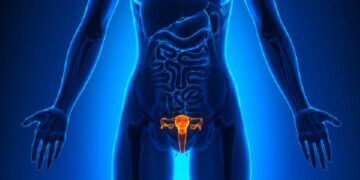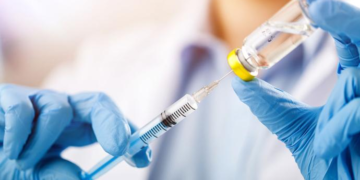According to chemical, biological, histological and anatomical studies, the total number of human fat cells is constant and divided into two types: one is metabolizable active fat – easy to produce and disappear; the other is storage fat – usually related to genetic factors, easy to produce and difficult to disappear; in daily life, we can often see obese people after dieting, eating diet pills or physical exercise More or less, they can achieve a certain weight loss purpose. Surgical liposuction is to reduce the absolute number of fat cells in obese areas to achieve the purpose of weight loss and reshape the human body.
Pre-operative: drugs can kill you
All drugs not related to surgery should be stopped 2 weeks before surgery, especially aspirin, oral contraceptive drugs, p-blockers, tricyclic antidepressants, weight loss drugs, cimetidine and Chinese herbs should be stopped to avoid affecting the coagulation mechanism and metabolism of anesthetic drugs, leading to bleeding and local anesthetic drug poisoning. The doctor should be informed in advance of taking any medication. If you suffer from a disease that does not allow you to stop taking the above drugs, you should postpone the surgery and consider performing the surgery when your condition improves and you are able to stop taking therapeutic drugs. Reluctance to perform surgery may result in serious complications or even death.
Pre-operative: Routine check-ups are indispensable
After deciding to undergo liposuction, your doctor will perform a physical examination and laboratory tests to determine if you are physically able to undergo the procedure. Then, he or she will reconfirm the site and amount of aspiration, the method of aspiration, and the type of anesthesia to be used.
Antibiotics and pain medication will depend on the method of aspiration and anesthesia used. Before the operation, purchase a suitable elastic garment with moderate elasticity that can be worn for a long time.
After the end: Wear the elastic garment for at least 3 months
After the fat aspiration is finished, the area is covered with gauze and cotton pads and then wrapped with pressure. The gauze and cotton pads should be flat and the pressure should be moderate to play the role of pressure to stop bleeding, reduce edema and fix the skin. The dressing should be removed 48 hours after surgery and replaced with a moderately elastic elastic garment, which should be worn for 3 months or longer.





































